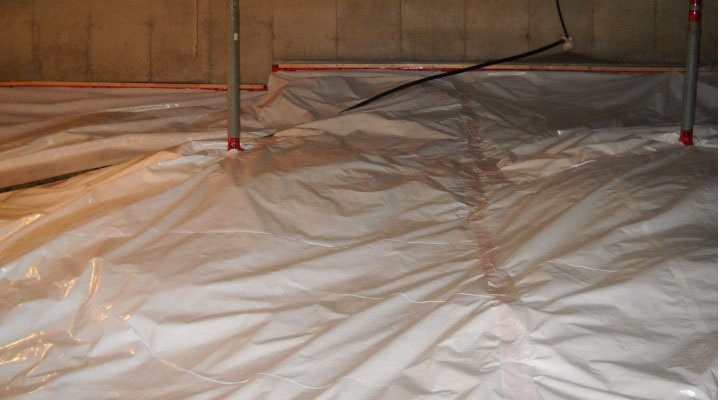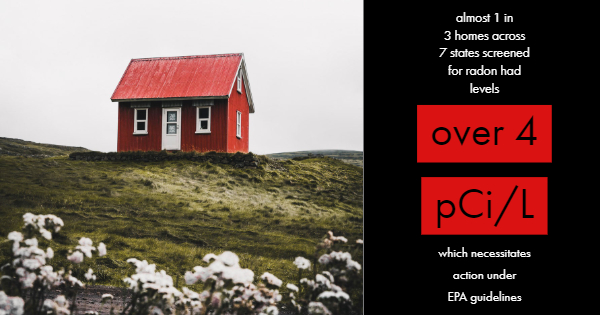Radiation Defense
Is radon really bad for you?
Breathing radon over time increases your risk of lung cancer. Radon is the second leading cause of lung cancer in the United States. Nationally, the EPA estimates that about 21,000 people die each year from radon-related lung cancer. Only smoking causes more lung cancer deaths.
If you can maintain your interior radon degrees at 2 pCi/L or reduced, you'll face very low boosted danger of developing lung cancer cells because of radon. When you get to the 1.3 pCi/L degree that is regular for interior air, just two non-smokers out of 1,000 will certainly develop lung cancer cells particularly because of the direct exposure.
Chronic exposure to radon gas raises the threat of developing lung cancer cells. In the United States, an approximated 21,000 people die from radon-related lung cancer yearly (compared with 160,000 lung cancer deaths from smoking cigarettes), according to the EPA. Radon is the 2nd leading cause of lung cancer, as well as it's the leading root cause of lung cancer cells in nonsmokers, according to the company.
Is radon mitigation really necessary?
When radon gas enters the body, it exposes the lungs to small amounts of radiation. In small quantities, experts say this is harmless. However, in https://radon1.com/radon-mitigation-info/ persistent exposures or larger quantities, radon can damage the cells of the lining of the lungs, increasing a person's chance of developing lung cancer.
Radon reduction systems do an excellent task of keeping radon out. A growing number of residence customers are seeking residences with radon options in position.
- Your danger of lung cancer raises substantially with direct exposure to higher radon levels.
- Radon gas is a naturally-occurring by-product of the radioactive degeneration of Uranium in the soil.
- Depending upon your geographic place, the radon degrees of the air you take a breath beyond your house may be as high as 0.75 pCi/L.
- The nationwide average of outside radon degrees is 0.4 pCi/L and also it is estimated by the National Academy of Sciences that outside radon degrees trigger about 800 of the 21,000 radon induced lung cancer deaths in the United States annually.
- The US EPA has actually put it plainly, stating, "Any kind of radon direct exposure has some threat of triggering lung cancer.

January is National Radon Action month as well as the Epa is asking homeowners to "save a life" by screening for radon and taking care of any problems they discover. Radon is a contaminated gas as well as direct exposure to it causes 21,000 lung cancer cells deaths annually-- just smoking triggers a lot more. Due to the fact that you can't see, odor or taste radon, it is essential to periodically check the air in your home.

What are the symptoms of radon in your home?
If a person has been exposed to radon, 75 percent of the radon progeny in lungs will become "harmless" lead particles after 44 years. When an alpha particle damages a cell to make it cancerous, the onset of lung cancer takes a minimum of 5 years but most often 15 to 25 years, and even longer.
While any degree of radon can have an impact, the EPA says analyses below 2 pCi/L is taken into consideration typical and also just brings a fairly little boosted risk of lung cancer. It's feasible however usually difficult to lower radon gas direct exposure listed below these levels. Radon Act 51 passed by Congress established the all-natural outside degree of radon gas (0.4 pCi/L) as the target radon degree for interior radon degrees. The US EPA was charged with setting useful standards as well as suggestions for the country. At or over this level of radon, the EPA recommends you takecorrective measures to decrease your direct exposure to radon gas.
How long does it take for radon to cause cancer?
Fact: You will reduce your risk of lung cancer when you reduce radon levels, even if you've lived with an elevated radon level for a long time. Keep in mind that radon levels below https://radon1.com/a-guide-to-radon-testing-in-chattanooga/ 4 pCi/L still pose some risk and that radon levels can be reduced to 2 pCi/L or below in most homes.